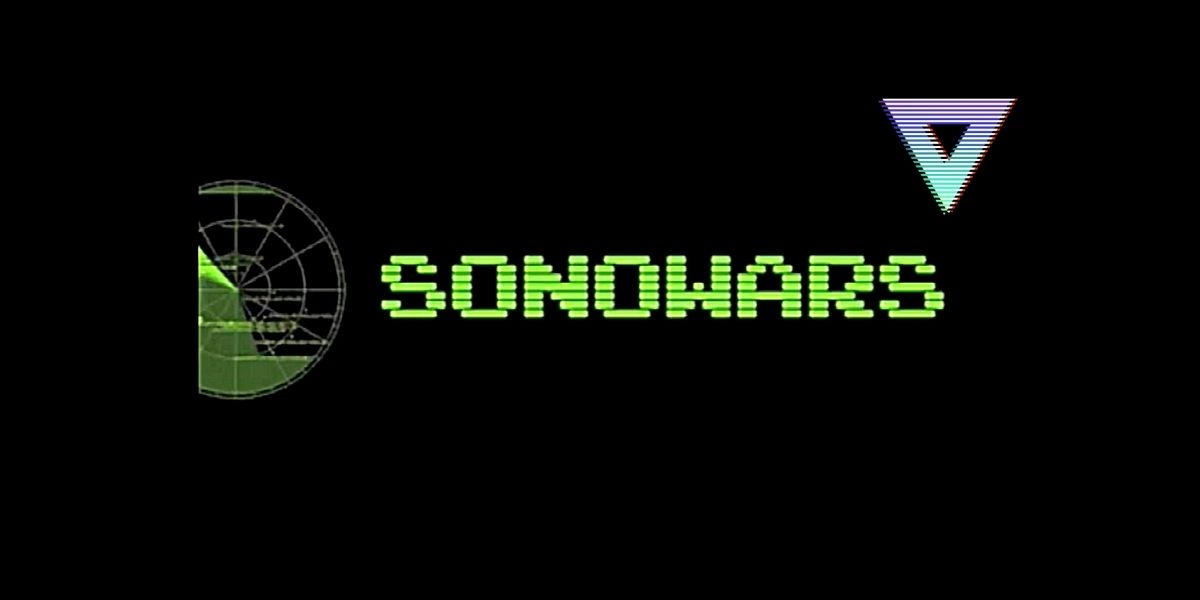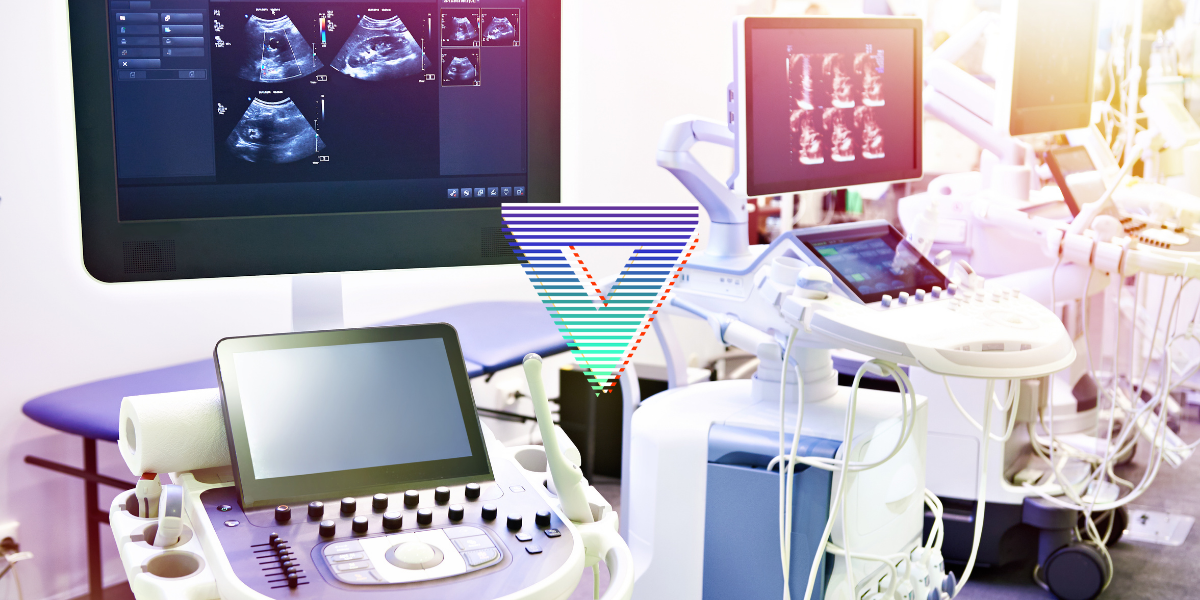Training in Ultrasound in resource limited settings by Trish Henwood
For Trish Henwood, ultrasound use in resource limited settings is a perfect fit. Nowhere has Trish seen ultrasound have more of an affect on patient care and outcomes and save more lives than in resource limited contexts.
Trish uses the example of a training program in Zanzibar to highlight the scope that ultrasound provides. Using ultrasound on a daily basis means an ability to screen for antenatal complications that may necessitate transfer to a setting with a higher level of care.
Trish also leans of health professions recounting their experience with ultrasound.
Fatma – a nurse/midwife – recounts her tales of finding many cases of molar pregnancies, placenta previa, eclampsia and ruptured ovarian cysts.
Through the available resource of ultrasound, she has saved many lives (of both mothers and babies.) Gabin in Rwanda has taken the basic ultrasound training he received to diagnose a multitude of cardiac conditions in his centre and Olivier tells the story of a young man with an altered mental status on whom he diagnosed infective endocarditis using ultrasound.
These real-world examples show a tiny fraction of the benefit of ultrasound in resource limited settings. Although there are challenges to initiating training programs including resources and equipment limitations, focusing on the bright spots is important.
Similarly, the scale of need and complex systems challenges can at times be overwhelming in the global health arena. Focusing on small wins and long-term investment is key to programmatic success and sustainability.
Training clinicians in bedside ultrasound effectively uses the same human resources to help shrink the gap between the broad imaging needs of a population and limited consultative capacity of radiology.
The result is enhanced patient care, provider empowerment, and improved job satisfaction. Growing point-of-care ultrasound trainees into trainers themselves allows for local solutions to ongoing education needs. Furthermore, it helps develop and address the most relevant home-grown research questions, results of which may have broader international practice implications.
Building broader networks for bilateral point-of-care ultrasound training and research opportunities will be of global benefit.
Training in Ultrasound in resource limited settings by Trish Henwood
For more like this, head to our podcast page. #CodaPodcast
Trish Henwood
Trish previously worked as the Director of Global Health Initiatives in Emergency Medicine at the University of Pennsylvania, and she now practices clinically as an attending emergency physician at Brigham and Women’s Hospital/Harvard Medical School. She is currently Chair of the American College of Emergency Physicians Global Health Ultrasound Subcommittee, and International Advisor to the African Ultrasound Committee of the African Federation of Emergency Medicine.
Trish is the President and Co-Founder of the PURE Initiative: Point-of-care Ultrasound in Resource-limited Environments





